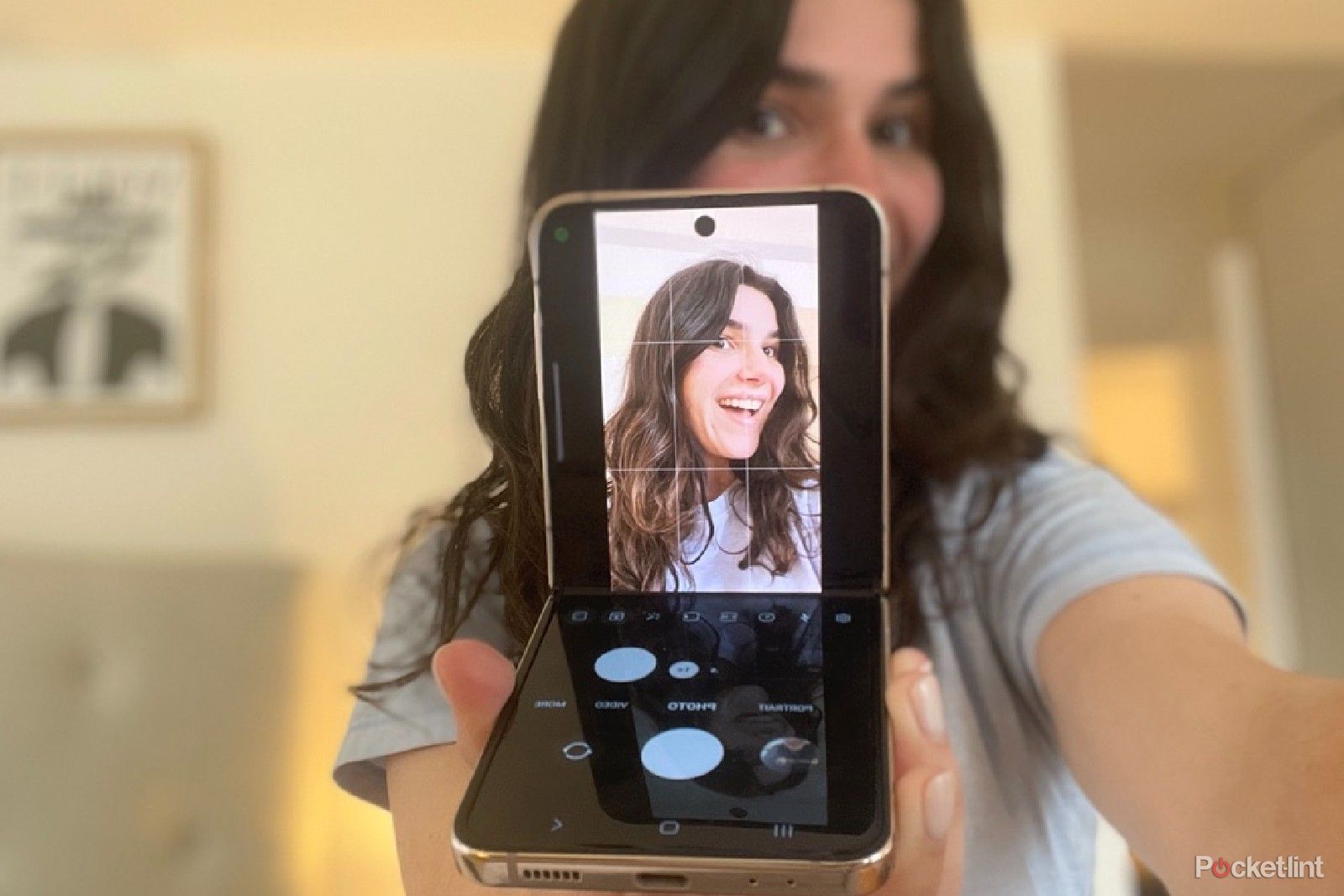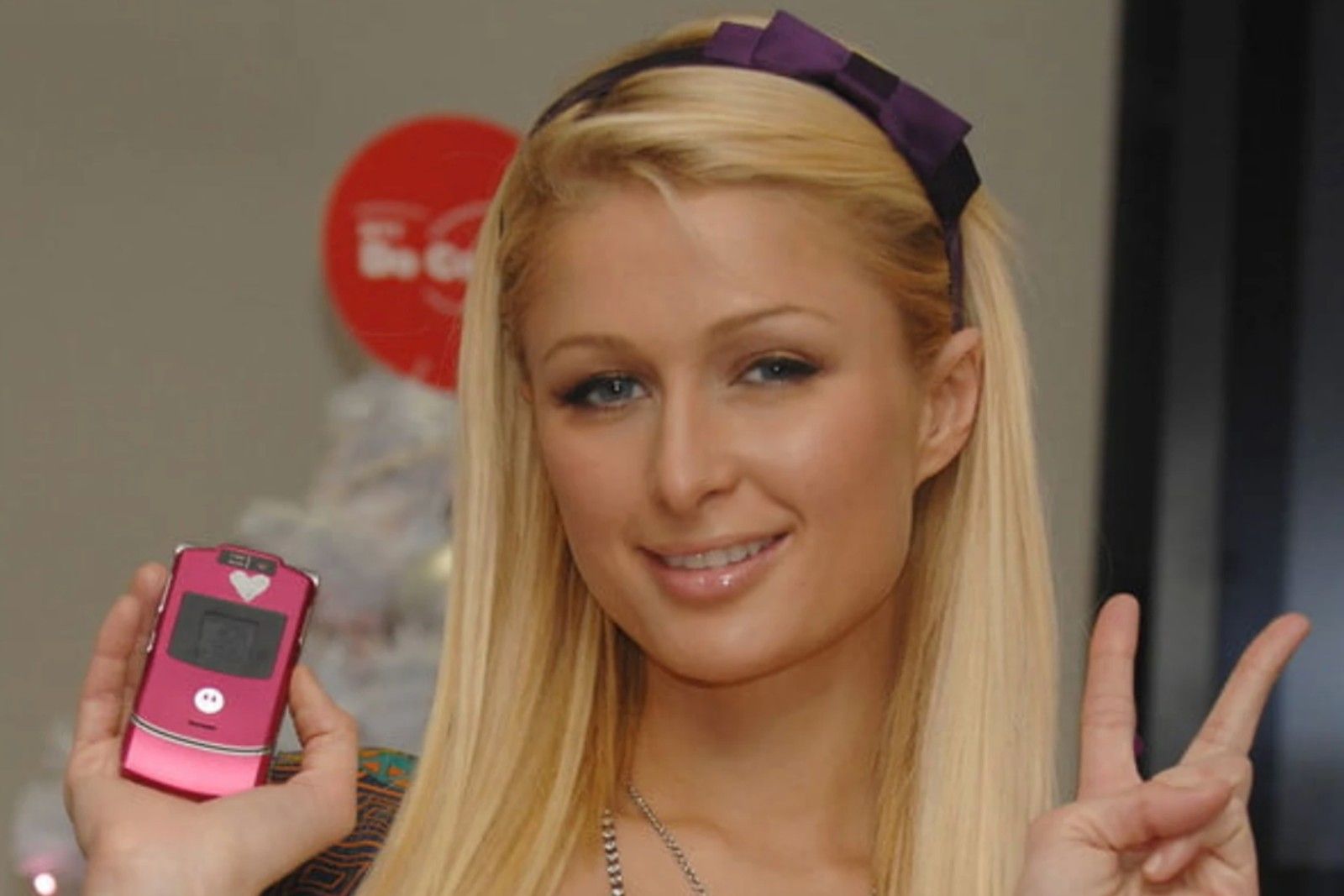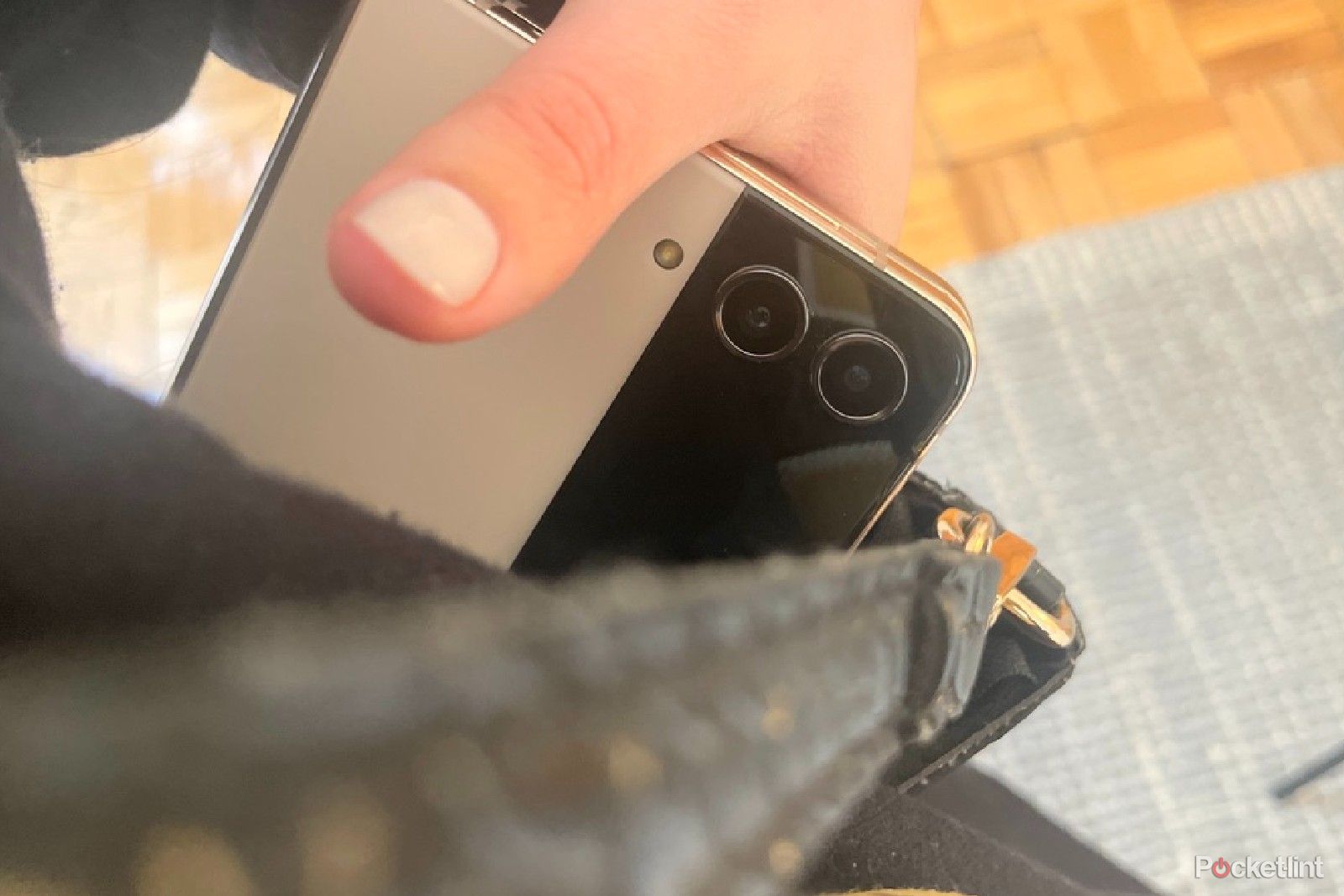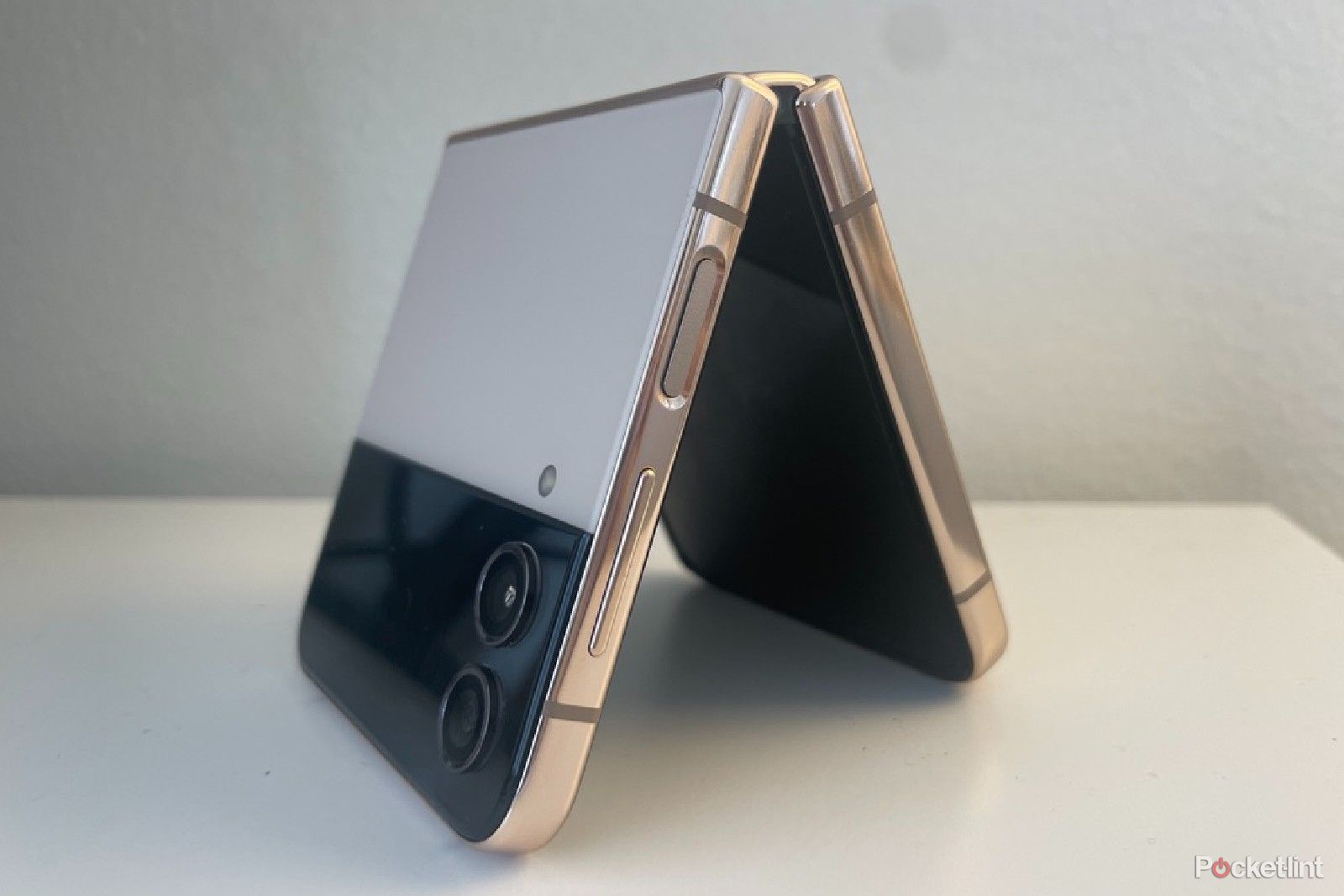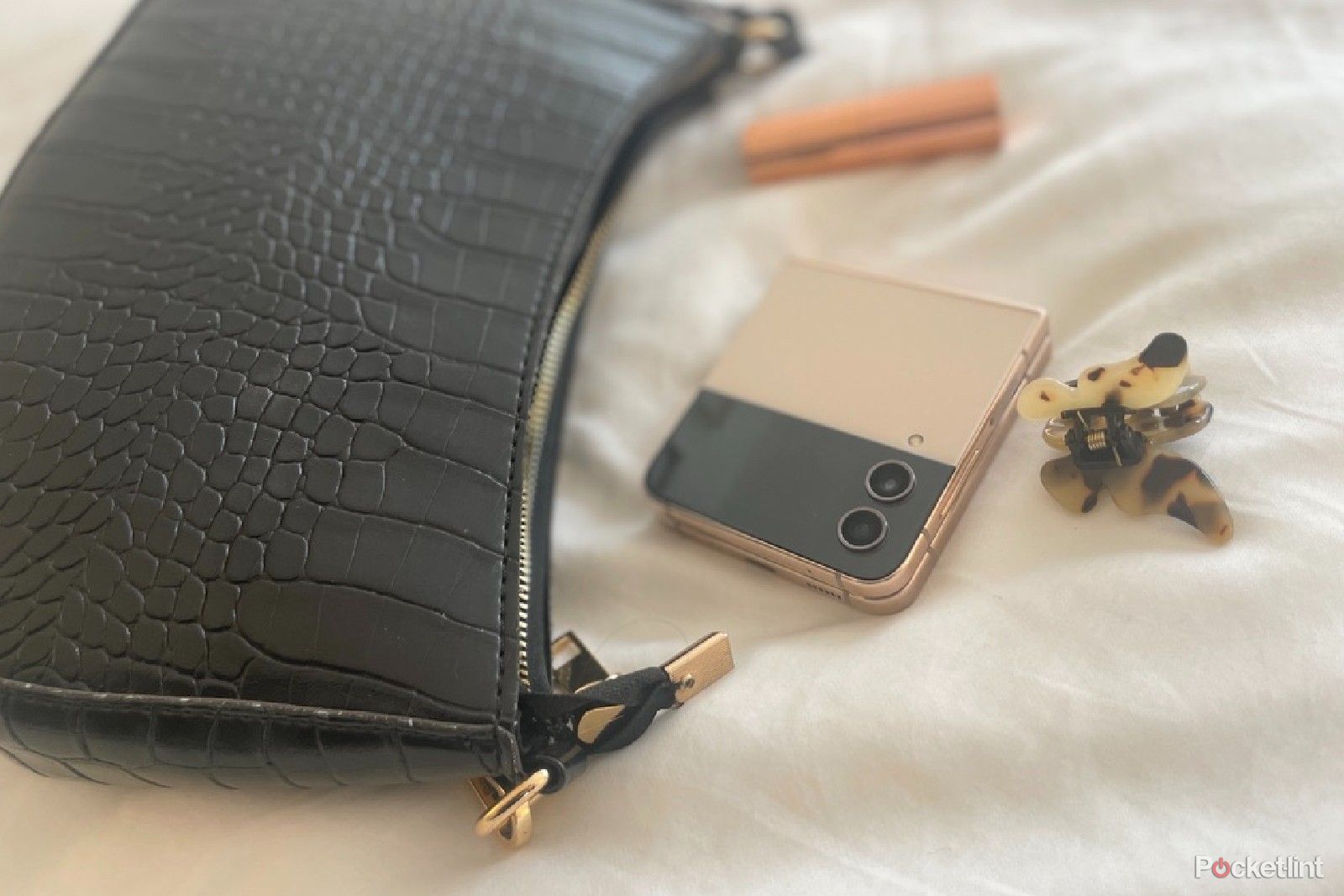Since the iPhone debuted in 2007, smartphones have adopted the same - some might even say - boring - slab design. Seven years old at the time, phones, in general, had been somewhat of a fantasy - an accessory that marked your adulthood. My parents kept their flip phones on hand, anxiously picking up at the first buzz to answer work calls in which they'd politely excuse themselves, and if anything, I'd hear one side of the conversation. This was clearly before the "iPad Kid" generation.
Then there were movies and TV shows where teens whipped out their often bedazzled flip phones and pressed the "5, 6, then 5" pads to text their love interest a quick "LOL" before slipping it back onto their belt loop or in their Y2K-style clutch bag.
At the time, I viewed phones as the intersection of your personal style and maturity - the trust to hold conversations over meticulous text messages or secret phone calls when and how you wanted. Needless to say, I dreamed of the day I'd get my first cellphone. And, I knew just the one I'd have to have: the pink Motorola Razr V3xx, easily earning icon status after making various headlines with early-2000s "it girl" Paris Hilton at its 2004 launch party.
Since I received my first cellphone at the age of 12, 5 years after the iPhone's initial release, iPhones were still "new" enough to be considered "luxury" - at least for a tween. By then, technology had made enough advancements to where the Razr was long outdated. Therefore, my first phone still featured a unique form factor, but rather a slide rather than a flip. While my parents thought I'd be thrilled by gifting me a phone with a full keyboard, I was disappointed I'd never have my flip-and-answer moment.
Naively, I thought, "When I buy my next phone with my own money, I'll get the flip."
By the time I was ready for my next phone, I had traded my dreams of a pink Razr for a rose gold iPhone 5, as the iPhone's smart capabilities brought the fantasy of owning a cellphone to new heights. And since then, I'd never had a flip phone. Until last summer, when I ironically didn't test the resurgent Motorola Razr, but did go hands-on with the Galaxy Z Flip 4. I'll admit I was intrigued, but not as intrigued as I was growing up.
Rather than being interested in angrily flipping my phone screen shut after a heated argument like Serena Van Der Woodsen did on Gossip Girl, the Flip 4 drew me in on the technical side, especially the concept of folding glass, which was both durable and flexible.
While the Flip 4 featured the familiar clamshell design, and it came in the Y2K-era-inspired pastel colours, my familiarity and nostalgia started and stopped at the form factor. Every other staple that made the Flip 4 "special" focused on the trademarks, or rather, requirements of a modern-day smartphone.
Yes, the AMOLED displays on both the inner and outer screens offer vibrant and crisp graphics, and I find the camera is far superior to my iPhone 12 Pro, and I even use it to take product review photos. But in all features, the flip phone somehow lacked what I wanted.
As a member of Gen Z, I admittedly spend too much time on my phone. Between there being an app for virtually every task I can think of, remote work, long-distance friendships, and yes, the deep dark hole that is social media, it's hard to pry myself away from my screen - no matter how many time limits or other apps I download that tell me to close out of TikTok for the day. The beauty of the flip phone was that - aside from the satisfactory sound you get from shutting it - that physical closing of the phone also facilitates a mental closing from the world that lies within.
Fittingly, the Z Flip models - both the 4th generation and the newest Z Flip 5 - come with a closing delay that doesn't allow for a Serena-style slam. And while smartphones like the Motorola Razr 40 Ultra have managed to literally close the hinge gap and allow for a more satisfactory shut, it doesn't close interaction.
In addition to the expandable main screen inside the fold, modern flip phones feature an interactive cover screen, one that only gets bigger with the latest Z flip models. Allowing users to answer calls and texts, take photos, and continue to scroll, there's virtually no physical escape from doom-scrolling but, rather, a facilitation.
With an average screen time of 3 hours and 38 minutes, I'm still pushing the recommended 3 to 4-hour limit experts recommend adults spend outside of work. And embarrassingly, this average is even with set app limits on the usual time-sucker suspects like Instagram, "X," and TikTok. My time, while nothing to brag about, pales in comparison to most others in my Gen Z cohort, clocking in 6 to 8 hours a day online, according to an October 2022 report.
With social media use and long hours behind a screen linked to depression, many Gen Zers are even turning to the dumb flip phones of the 2000s for a bare-bones communication approach. Fjola Arifi, a BuzzFeed News reporter, even lived out my childhood dreams by spending a week on the iconic pink Motorola Razr V3xx.
The increase in demand for a "dumb" phone to communicate on a need rather than algorithm-conditioned basis suggests that the flip phone's return is merely one of form factor rather than purpose. By creating features like flex mode, I'll give Samsung props for aiding a content-creation-focused generation, but ironically, it detracts from the nostalgia for simplicity the same generation craves from a flip phone.
In fact, following the wave of a return to flip phones is that of disposal and digital cameras to take photos during a night out. Used to a pace of instant gratification, the aspect of waiting to see how photos turned out encourages my friends and me to focus on the fun we're having "in the moment" as opposed to the lighting, angle, and resulting mass broadcast of the photos supposedly reflecting that fun.
While these flip phones never claimed or tried to be "dumb," there's an expense required from both the manufacturer and, therefore, the customer that comes with straying from a traditional slab design. And if it's not playing into the itch of Gen Z or those generations above that associate the flip phones with a time communication that doesn't rely on screen use, then is it really worth the experiment? Is this very question perhaps one of the reasons Apple has yet to flip its staple design?
Regardless of the smartphone industry's reason, I can say firsthand that while I loved playing around with the flip - and will take advantage of its camera superiority to that of my iPhone 12 Pro - I won't be making it my full-time phone (even though I clearly could do with an upgrade). As I make my way deeper into adulthood, I'm learning to accept a lot, and now I can add to that never-ending list that a phone is no longer a "grown-up" rite of passage but rather a tool that is getting so smart it's perhaps leaving behind the beauty of stepping away from the screen.
Despite long being locked into Apple's ecosystem, I'd be willing to climb my way out of the walled garden for the right phone. However, what I need in a phone isn't more features but a device that compliments my life rather than running it - and the trend of fellow Gen Zers would suggest the same.

